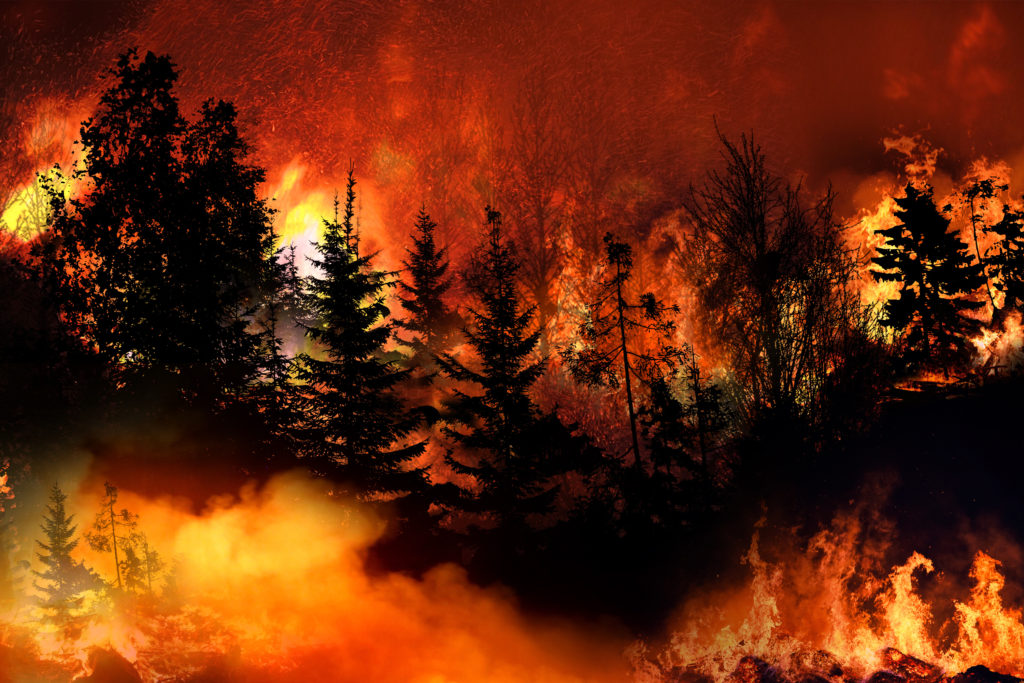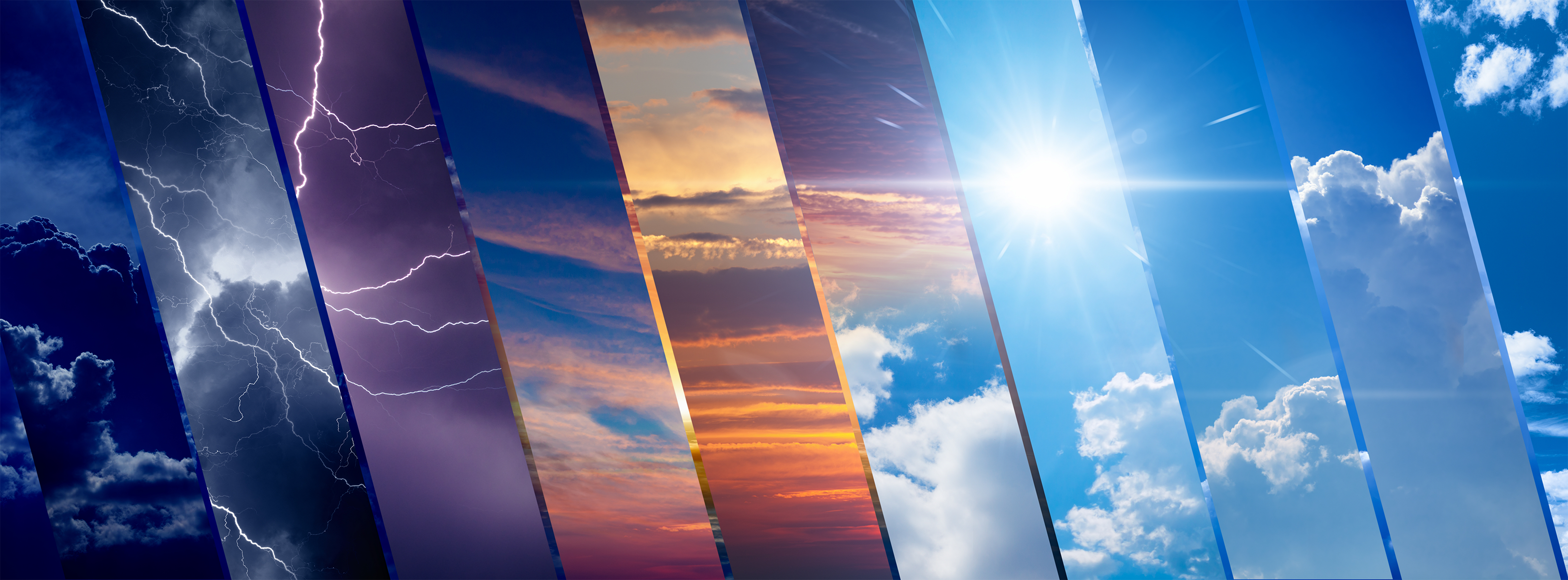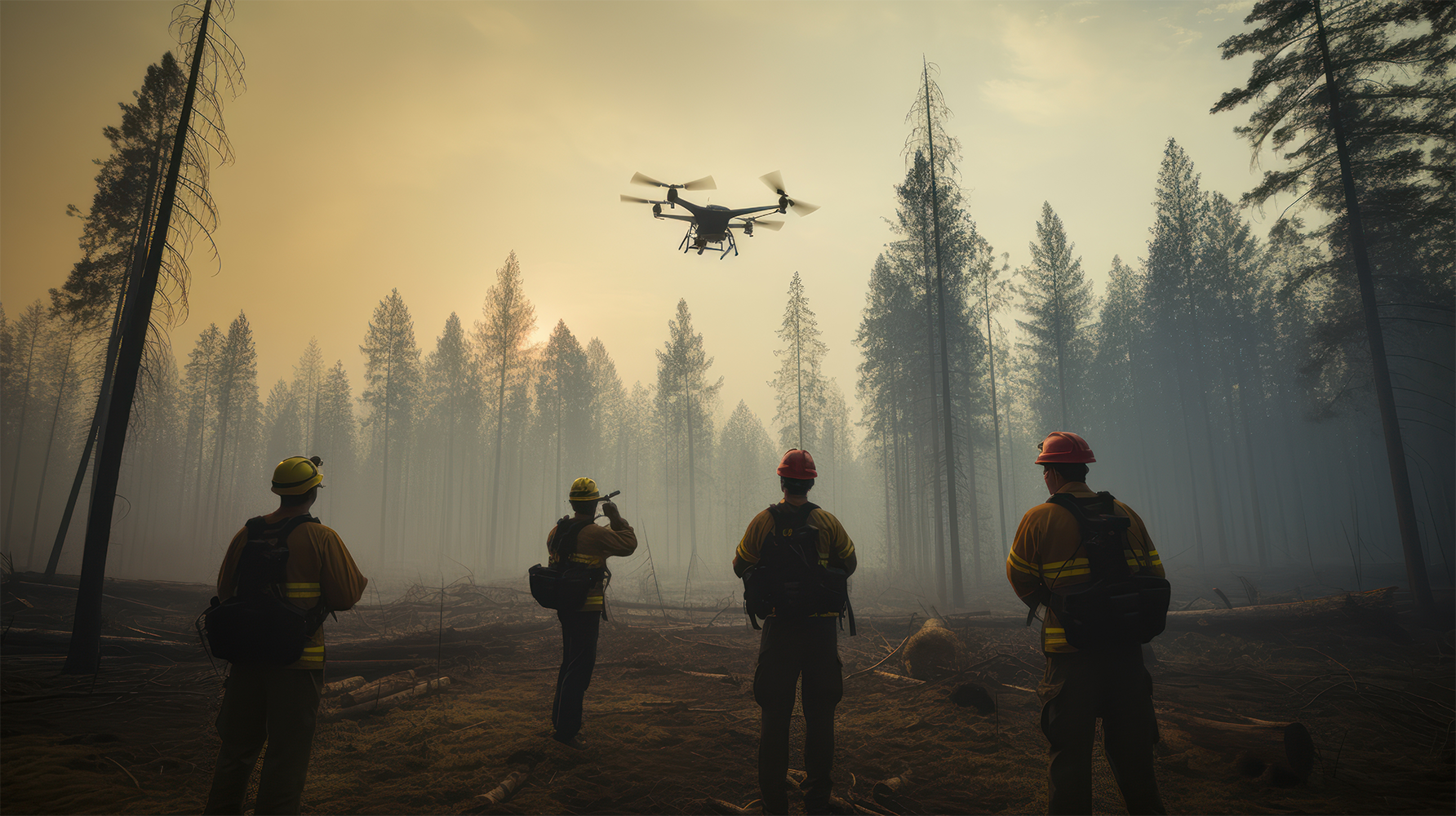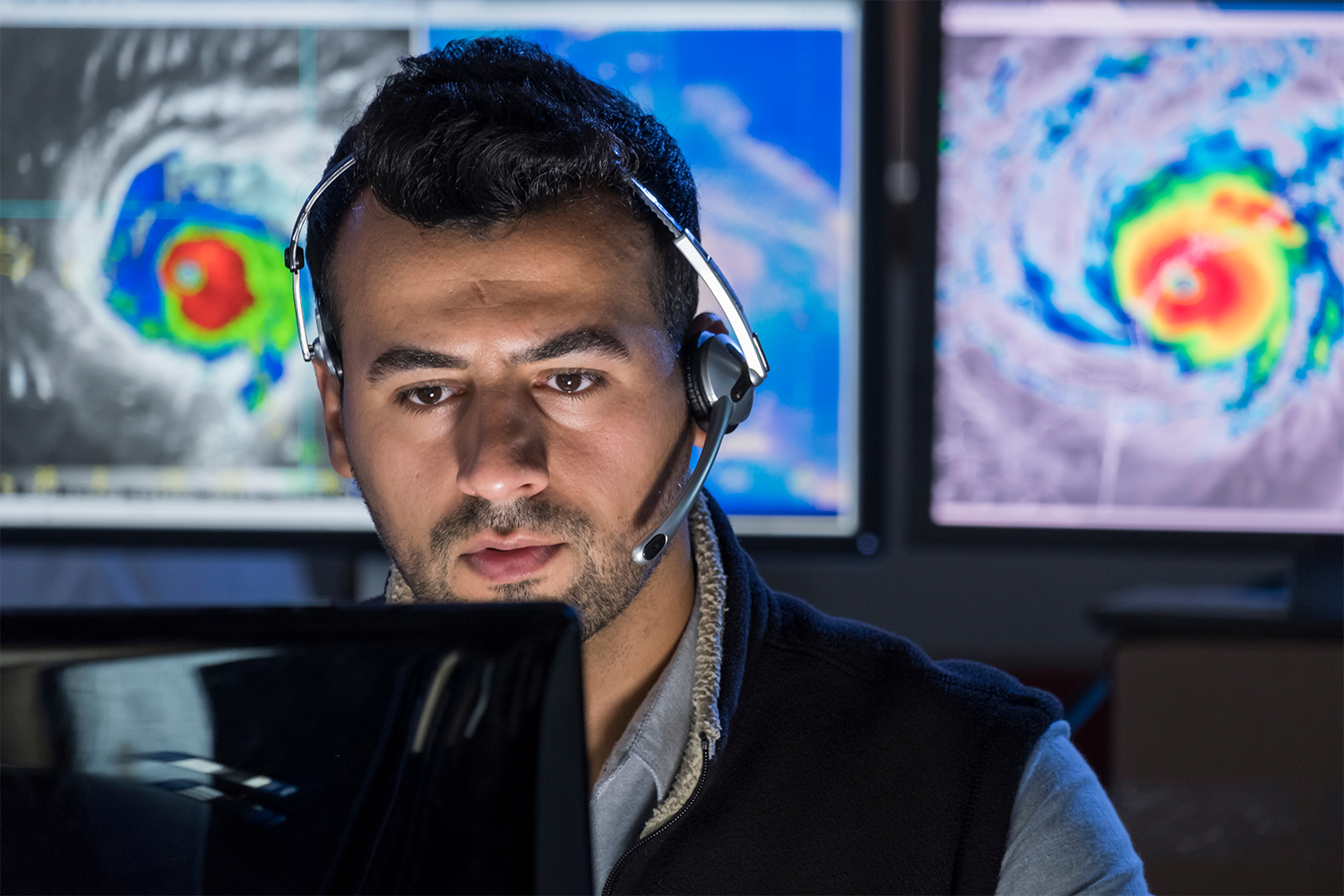From coast to coast, as businesses and communities try to regain their footing and reopen normal operations during the ongoing COVID-19 pandemic, they are also threatened with a higher than normal chance of natural disasters this year that could potentially affect health, safety, and business continuity.
While emergency managers and public health officials continue to grapple with coronavirus cases that continue to spread this summer like wildfire (pun intended) – forecasters predicted much greater activity during summer and early fall from wildfires in western states and hurricanes that could affect the Atlantic and Gulf coasts.
Taking into account the additional precautions and restrictions related to COVID-19 will further complicate preparedness and response to any type of disaster, especially in terms of public safety during evacuations and in emergency shelters.
As we move into the busiest months of both the hurricane and wildfires season, are you prepared? Time is of the essence, and we can help.
Wildfires
A number of reports from forecasters have found that the 2020 wildfires season presents conditions for higher than normal wildfire activity. According to the recently issued National Significant Wildland Fire Potential Outlook from the Predictive Services/National Interagency Fire Center, “August represents the peak of fire season for the West and above normal significant fire potential is expected across much of the Great Basin, northern California, Pacific Northwest, and northern Rockies. The North American Monsoon is forecast to remain intermittent, which will provide chances of lightning without moisture surges extending into portions of the Great Basin, California, Pacific Northwest, and northern Rockies. Given the dry fuels, any lightning will likely result in increased fire activity and above normal significant large fire potential into September.”
So far this year, around 5,800 wildfires have been recorded in California, according to the California Department of Forestry and Fire Protection (Cal Fire), with no fatalities and 38 buildings damaged or destroyed. There were 7,860 wildfires recorded in California in all of 2019.
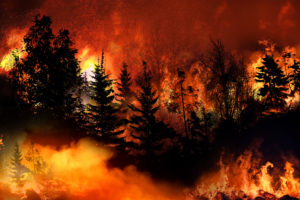
Current situation: As of Monday, federal, state, and local agencies are still fighting the Apple fire in Southern California, which is currently 15% contained and covers 26,450 acres.
More than 2,500 personnel are working to fight the wildfire, which has spread into the San Bernardino National Forest and has destroyed 12 structures. Several areas in Riverside and San Bernardino counties are currently under evacuation orders and a number of roads are closed in the area.
Hurricanes
On the other side of the continent, forecasters predicted earlier this year that warmer than usual conditions in the Atlantic created conditions that could result in a much more active hurricane season and an “above-average probability for major hurricanes making landfall along the continental United States coastline and in the Caribbean.” The report from prominent forecaster Philip Klotzbach and released by the Department of Atmospheric Science at Colorado State University estimated there could be 8 Atlantic hurricanes in 2020, with 16 named storms, compared to an average of 6.4 hurricanes and 12.1 named storms.
The traditional hurricane season runs from June to November, with August and September tending to be the most active months of the season. To date, there have been nine named tropical storms or hurricanes, with Hurricane Isaias becoming the earliest 9th storm recorded.
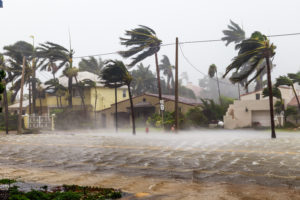
Current situation: Hurricane Isaias made landfall in North Carolina on Monday, August 3 just above the South Carolina border, with 85 mph sustained winds, according to the National Hurricane Center. The storm brought heavy winds and rain, flooding the low-lying coastal areas and also spawned a number of tornadoes as it moved northward up the central Atlantic coast.
If this is just the beginning, are you prepared?
As we move into the busiest part of the year both for wildfires and hurricanes, emergency managers, businesses, organizations, and communities need to be prepared to offer assistance in evacuations and sheltering for large numbers of people while also taking into account precautions for preventing the spread of coronavirus.
Already dangerous conditions resulting from a hurricane, tornado, wildfire, or other disaster could become more damaging by an outbreak of coronavirus that arises from populations evacuating and using temporary community shelters.
Using WebEOC, emergency managers can track all aspects of the preparations of emergencies such as wildfires, hurricanes, or other critical incidents for a comprehensive, real-time common operating picture for supporting emergency response activities and information, including information requests, deployment of equipment and personnel, shelter availability, requests for resources, situation reports, and public messaging.
Learn how Juvare can help your organization with the situational awareness and communications capabilities needed to prepare, connect, and respond during any critical incident.
